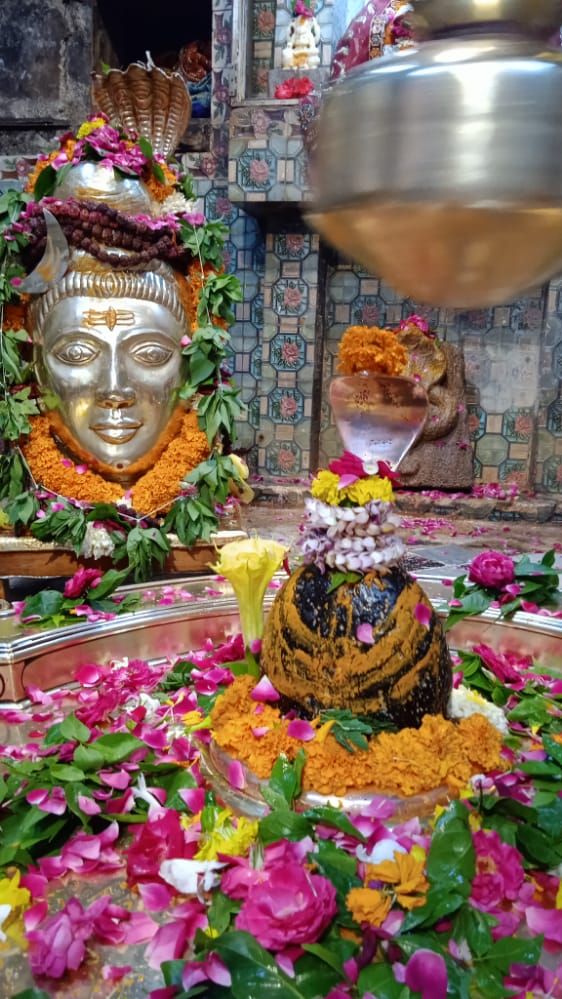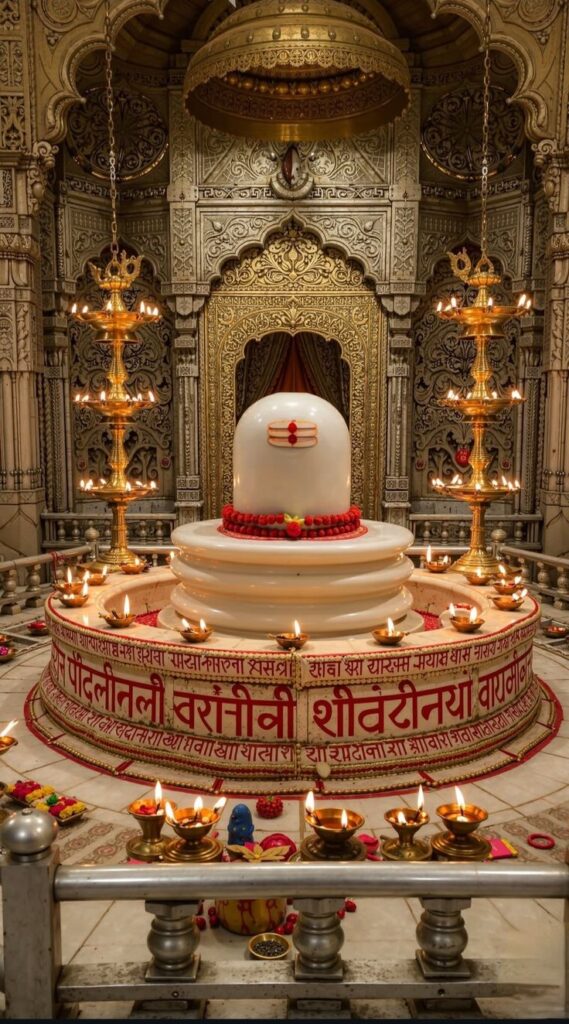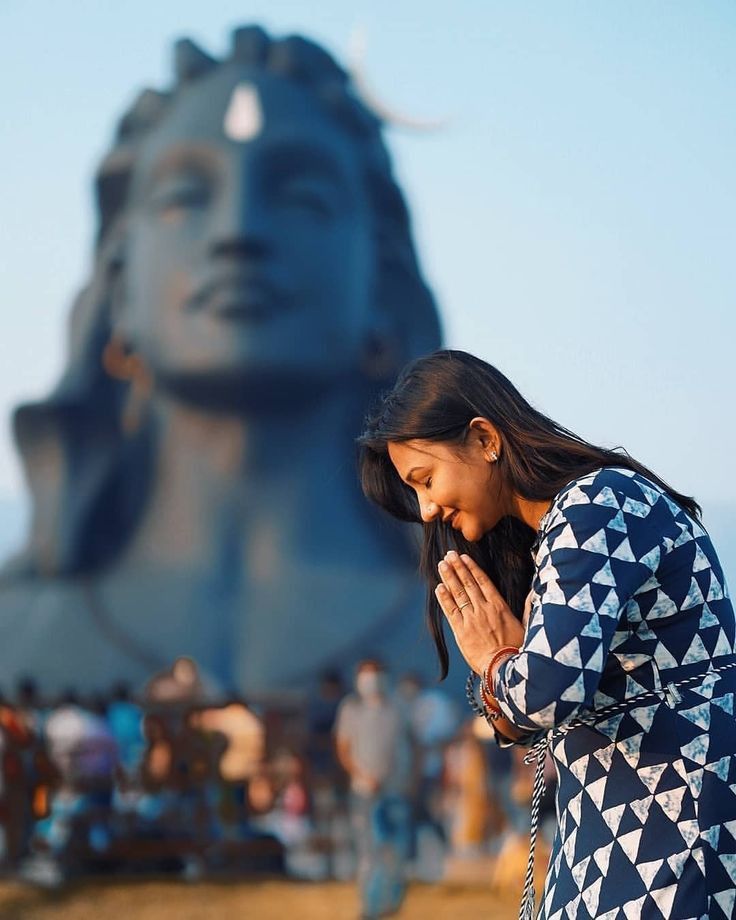
Mahashivratri, one of the most auspicious and sacred festivals in Hinduism, celebrates the cosmic dance of Lord Shiva and symbolizes the victory of light over darkness. This day holds immense spiritual significance for devotees and is marked by fervent prayers, fasting, and elaborate rituals. In this comprehensive guide, we explore the importance of Mahashivratri, why devotees choose to worship and fast on this day, the detailed method of worship, and even powerful remedies believed to benefit the health of children and the sanctity of marriage.

Mahashivratri, which translates to “The Great Night of Shiva,” is celebrated annually on the 14th night of the new moon during the Hindu month of Phalguna (or Maagha, according to some regional calendars). It is a day when devotees offer their heartfelt reverence to Lord Shiva, one of the principal deities of Hinduism known as the destroyer and transformer within the Holy Trinity.
The festival is steeped in rich mythology and ancient legends. It is believed that on this night, Lord Shiva performed the cosmic dance known as Tandava, which symbolizes the cycles of creation, preservation, and dissolution. Some texts also suggest that Mahashivratri is the day when Lord Shiva married Goddess Parvati, marking the union of cosmic energy and the balance between masculine and feminine forces.
This festival is not only about mythological remembrance but also serves as a reminder for personal introspection and spiritual renewal. It offers a unique opportunity to cleanse the soul, overcome negative energies, and renew one’s commitment to inner growth and self-improvement.

Attaining Divine Blessings and Inner Peace
For devotees, worship on Mahashivratri is a means to gain the blessings of Lord Shiva. It is widely believed that sincere prayers and rituals on this night can lead to the removal of obstacles, purification of one’s soul, and the attainment of spiritual wisdom. Devotees chant mantras such as “Om Namah Shivaya” and engage in meditation, which help in transcending the material realm and achieving inner peace.
The Power of Fasting
Fasting on Mahashivratri is a time-honored tradition that holds dual significance—spiritual and physical. The fast is considered a means to purify the body and mind, allowing devotees to focus solely on their spiritual practice without the distractions of daily indulgences. There are various types of fasts observed on this day:
Nirjala Fast: A strict form of fasting where even water is abstained.
Phalahar Fast: A fruit-based fast that allows only fruits, milk, and nuts.
Fasting is believed to instill discipline, promote detoxification, and enhance concentration during prayer. It is a practice that enables devotees to experience the essence of self-restraint, which in turn leads to mental clarity and spiritual empowerment.
Eradicating Negativity and Sins
Mahashivratri is also viewed as an opportunity to cleanse oneself of past mistakes and negative energies. Devotees believe that sincere worship and devotion on this night can absolve one of sins, protect against malevolent forces, and set the stage for a life filled with positivity, prosperity, and good fortune.

Worshiping Lord Shiva on Mahashivratri is a deeply personal and ritualistic experience. While customs may vary by region and family traditions, the core rituals remain consistent. Here’s a step-by-step guide to performing the Mahashivratri puja:
Offering Bilva Leaves: After the Abhishek, offer fresh Bilva leaves to the Shiva Lingam. Each leaf is a token of respect and signifies the devotee’s sincere surrender to Lord Shiva.
Lighting the Diya and Incense: Light a diya and incense sticks. The illumination is symbolic of dispelling the darkness of ignorance and inviting divine light into your life.
Recitation of Mantras and Prayers: Spend time in meditation and recite Shiva mantras. Devotees often chant the Mahamrityunjaya Mantra, a prayer for healing and protection. The rhythmic chanting not only connects the mind and soul but also creates a vibrational frequency that is said to align with cosmic energy.
Offering Prasad: Conclude the puja by offering fruits, sweets, and other Prasad to Lord Shiva. Distribute the Prasad among family members and friends as a symbol of sharing divine blessings.
Powerful Remedies for Kids and Marriage on Mahashivratri
In addition to its spiritual benefits, Mahashivratri is also considered a day of powerful remedies that can positively impact various aspects of life, including the well-being of children and the harmony of marriages.

Special Puja for Children: Parents can perform a special puja for their children on Mahashivratri. Place a small Shiva Lingam in the child’s room along with a few Bilva leaves and a diya. This is believed to invoke Lord Shiva’s protection and ensure the child’s overall health and well-being.
Herbal Remedies: Some families also incorporate herbal remedies like neem or tulsi leaves in the puja water. These herbs are known for their healing properties and can help ward off common childhood ailments.
Prayer for Wisdom: Recite the Mahamrityunjaya Mantra and other educational hymns while offering prayers for your child’s academic success. The vibrations of these mantras are said to enhance concentration, memory, and overall cognitive abilities.
Offering Prasad: A special offering of fruits and sweets is given to children during the puja. It is believed that consuming this Prasad, blessed by Lord Shiva, can bring good luck and success in their studies.
Remedies for a Harmonious Marriage
Joint Puja: Couples are encouraged to perform a joint Shiva puja on Mahashivratri. This shared act of devotion fosters unity and strengthens the marital bond. Chanting mantras together can help synchronize the energies of both partners, leading to improved understanding and mutual respect.
Lighting a Diyas: Light two diyas side by side during the puja. The symbolism behind the twin flames represents the merging of two souls and the continuous flow of love and support in the marriage.
Meditative Practices: Engage in a session of mutual meditation and mindfulness after the puja. This practice not only calms the mind but also helps in addressing underlying issues through thoughtful introspection.
Astrological Remedies: Some families consult knowledgeable astrologers who recommend specific rituals or gemstones during Mahashivratri to overcome marital disputes. These remedies are rooted in ancient Vedic traditions and can be tailored to the couple’s astrological profiles.
Offering Sweets and Fruits: During the marriage-related rituals, offer Prasad that includes a mixture of sweets and fruits. This act is symbolic of the sweetness in the marital relationship and the hope for a prosperous future together.
Reciting Couple’s Mantras: There are specific couple-centric mantras that can be recited together to invoke blessings for a harmonious and enduring relationship. These mantras help in alleviating misunderstandings and pave the way for mutual growth and respect.
The Broader Impact of Mahashivratri Celebrations
Beyond the personal and familial benefits, Mahashivratri also plays a significant role in reinforcing cultural identity and community bonding. In many parts of India, temples come alive with vibrant celebrations that attract devotees from all walks of life. Cultural programs, discourses, and community feasts are organized, creating a sense of unity and shared spiritual purpose.
The festival reminds individuals of the cyclical nature of life—the inevitable rise and fall, creation and destruction, joy and sorrow. In embracing this philosophy, devotees learn to accept life’s challenges with equanimity and celebrate its blessings with gratitude.
Conclusion

Mahashivratri is much more than a festival—it is a profound spiritual experience that brings together the mind, body, and soul. Worshiping Lord Shiva on this sacred night not only leads to the cleansing of negative energies and the eradication of past sins but also offers a renewed sense of purpose and clarity. Whether through the dedicated rituals of Abhishek, the disciplined act of fasting, or the heartfelt recitations of ancient mantras, devotees embark on a journey of inner transformation.
Moreover, the remedies prescribed for children and marital harmony add a practical dimension to the spiritual celebrations of Mahashivratri. By integrating age-old traditions with modern-day practices, families can harness the divine energy of Lord Shiva to secure the health of their loved ones and fortify the bonds of marriage.
In today’s fast-paced world, where distractions abound, Mahashivratri serves as a reminder of the importance of introspection, self-discipline, and devotion. It invites us to pause, reflect, and reconnect with our inner selves. As you celebrate this sacred festival, remember that every prayer, every ritual, and every moment of sincere meditation is a step towards enlightenment and a life filled with peace, prosperity, and spiritual fulfillment.
Embrace the divine energy of Lord Shiva this Mahashivratri, and let your heart be filled with the light of knowledge and love. May your journey be blessed with wisdom, and may you and your loved ones enjoy a life of harmony, health, and happiness.
By understanding the significance of Mahashivratri and performing its rituals with devotion, you not only honor a revered tradition but also open the door to a myriad of blessings that can transform your personal life and relationships. Whether you are seeking to nurture your child’s well-being or resolve marital conflicts, the ancient remedies and rituals of Mahashivratri offer a time-tested path to rejuvenation and divine favor.
Celebrate this auspicious night with reverence and commitment, and experience the transformative power of Lord Shiva’s grace in every aspect of your life.
Author – Amit Pradhan
Find the information relevant? Visit our website to know more about such facts.
For an enquiry, write to us at [email protected]
👉 If you liked this article or, then do write us in the comment section below.
For Astrology, Numerology, and Reiki Services contact us today!
We also deal in original quality and Certified Rudraksha, Crystals and Gems.
👉 Shop Now Original Rudraksha & Crystals
For more daily updates do like and Follow Us and keep visiting www.jaymahakaal.com